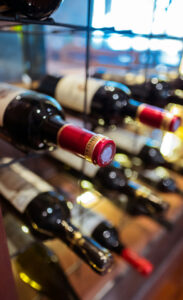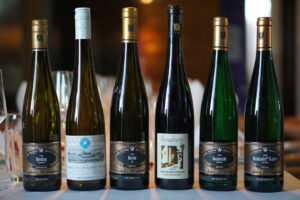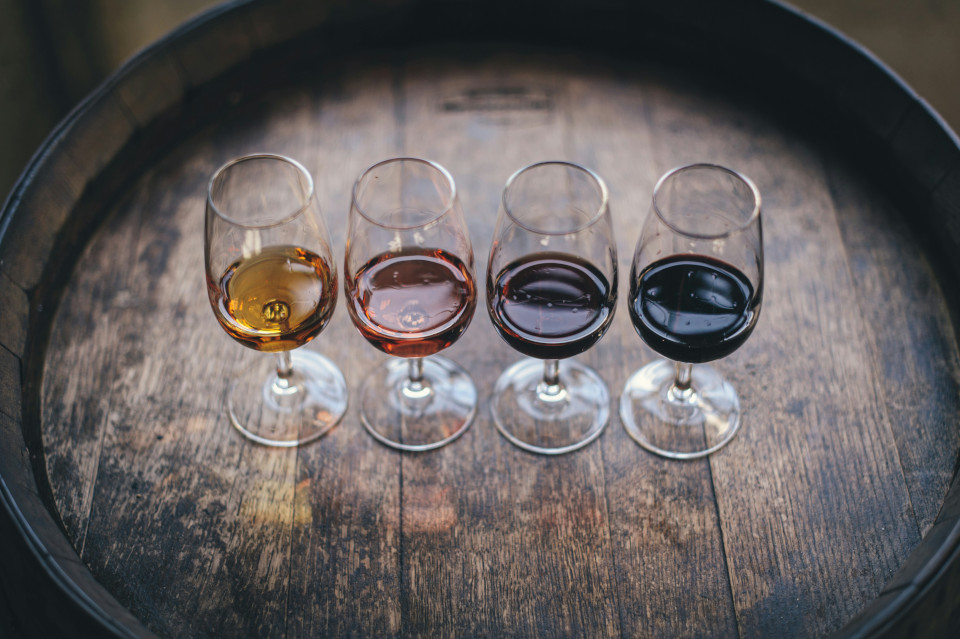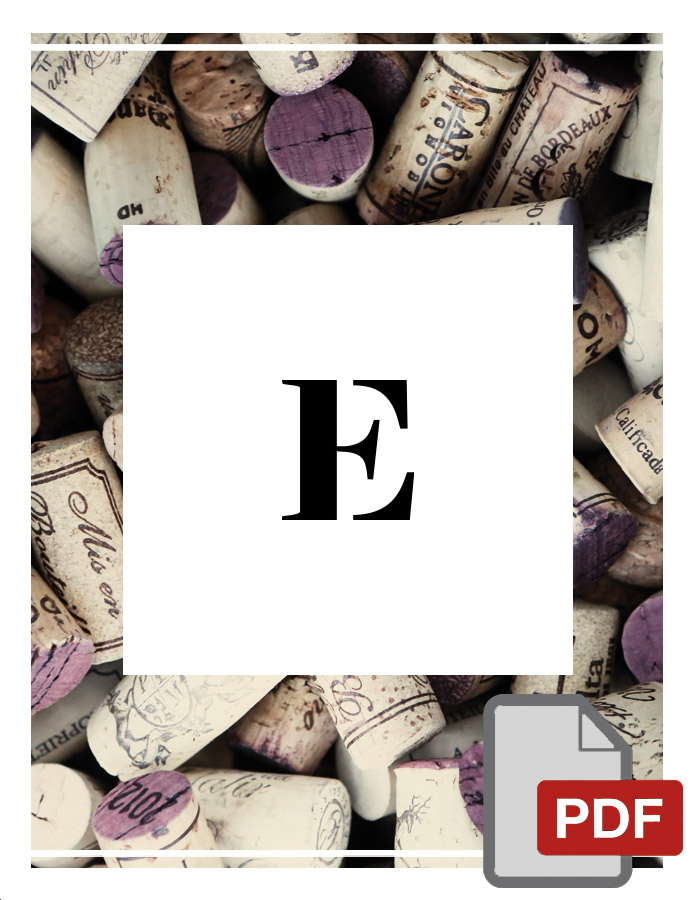Learning about wine
How to taste wine
Ciao,
How to taste wine—we could talk about it for hours. A few evenings ago, I met some friends, and we started talking about wines and tastings. Some questions came out on topics I thought were almost obvious, so I thought it was time to share our chat with you, too.
Thus begins a journey of some blogs dedicated to curiosities related to wine tasting. If you already know these things, it’ll be a quick refresher, but if you learn something new, even better.
The basics
Let’s start from the basics. There are more than a thousand grape varieties worldwide and thousands of areas where you can find unique wines and native vineyards. What does indigenous mean? It means that a specific vine and grape originated and evolved only in that part of the world; a classic example of Friuli Venezia Giulia is Ribolla Gialla or Schioppettino.
What’s inside a bottle?

First of all, with one bottle, you tend to make five 150ml glasses. In a bottle of wine, which is generally 75 cl, most of it is water. Then there is the alcohol and a small part of so-called “minor constituents”; I won’t list them all, but I’ll tell you that among these minor constituents are sugars, acids, amino acids, and sulfites.
A small part of the calories in wine come from sugars but mostly from alcohol. Therefore, the higher the alcohol content, the higher the calories. Do you want some examples? Let’s take a dry wine and the 75cl bottle as a reference.
- 10% ABV = 415 calories
- 11.5% ABV = 477 calories
- from 12.5% to 13.5% Vol. 580 calories
- 14% Vol 589 calories
a sweet and fortified wine such as a passito with an alcohol content of 21% can reach 1000 calories.
The Solfittes
Each bottle on the market contains a small percentage of sulfur dioxide (sulphites), which has an antiseptic function and preserves the wine itself.
Sulfite allergy affects more people, and I recently read that approximately 1% of the world’s population is allergic to sulfites. Also, wine producers must add the words “contains sulfites” on the label. In this case, the concentration of the sulfites themselves exceeds 10mg per litre. European legislation has set the maximum limit at 150 mg per litre on red wines and 200 mg on white and rosé wines. For organic wines, the maximum limit for red wines is 100mg per litre, and for white wines, 150mg per litre.
Do these values seem high to you? Well, consider that a can of Coca-Cola has 350mg per litre, frozen chips have 1900mg per litre, and dehydrated fruit has 3500mg per litre.
Bottle labels

Wineries have labels of all kinds and colours, reflecting the cellar and the wine produced. However, even on labels, there are regulations that wineries must respect.
- Name of the production grape variety: it can only be indicated if the winery used a certain percentage of that grape was used to procure the wine. The percentages are indicated in the specifications. And what are the percentages?
- in Italy, France, Germany, Austria and Portugal, 85%
- In Argentina 80%
- in the USA, Chile, New Zealand, South Africa and Australia, 75%
- Region of origin: the example that immediately comes to mind is Bordeaux in France. A French wine-growing region where mainly Cabernet Sauvignon and Merlot vineyards are grown. In this case, the wine is named after the place of production and not by the grape variety used to produce it. We find these denominations in a particular way in
- France
- Italy
- Spain
- Portugal
- A fictional name, this is 100% a choice of the winery. It can be done to differentiate the wine from the rest of the wine list, dedicate it to a loved one or because it represents the winery’s history. If you go to a winery and find a wine with its “proper name”, ask why they called it that. There’s certainly an exciting story worth listening to.
Well, I’ll stop here for now.
I hope this information interests you and that you learned something new.
ciao
Monica





